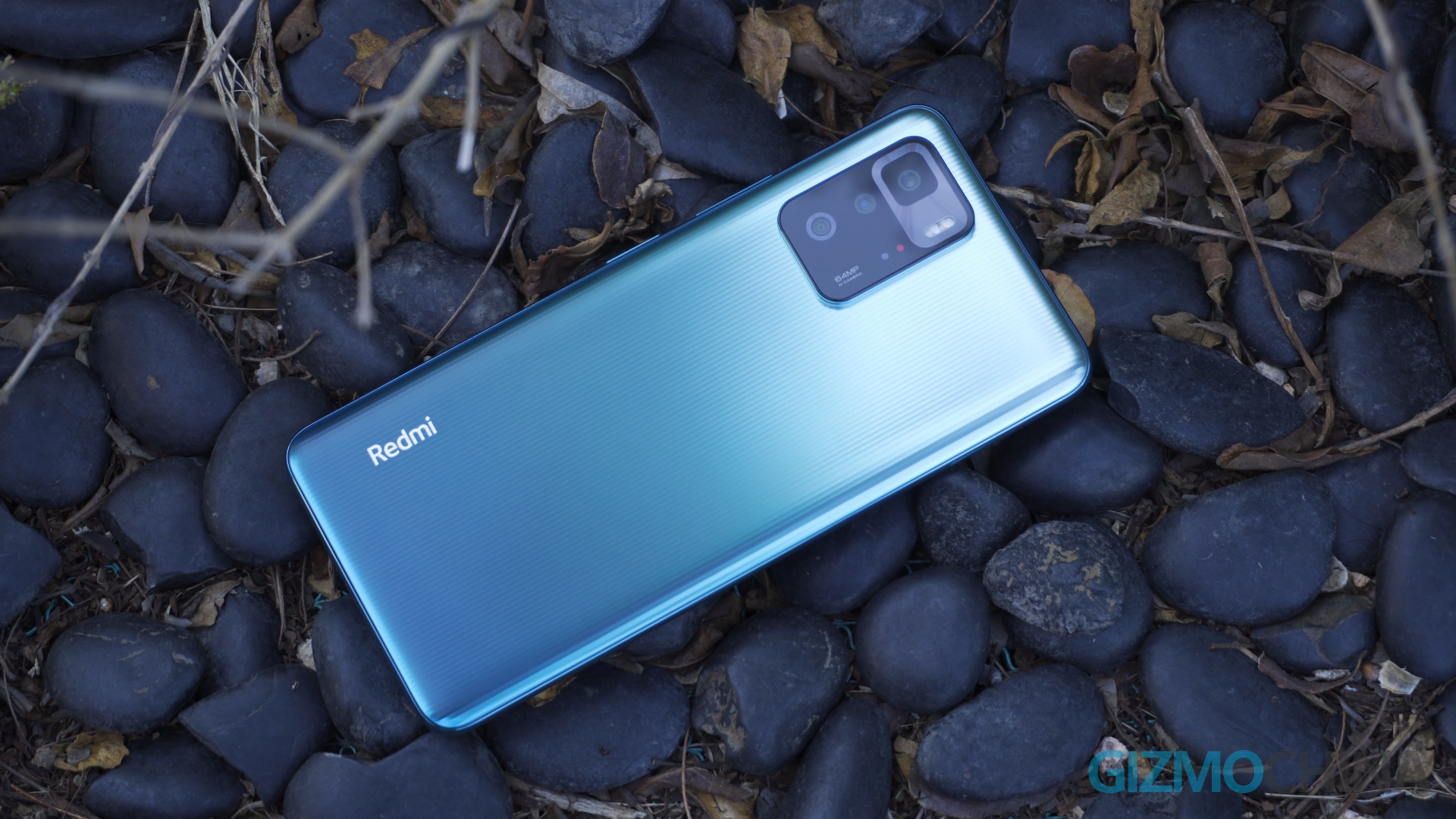The 10th generation of the Redmi Note series, the king of budget phones, was released 6 months ago. But today we are looking at the Pro model from China, the Redmi Note 10 Pro. We’ll see how it differs from the Note 9 Pro and which features have been updated or downgraded.
Note that the Chinese variant of the Redmi Note 10 Pro we have in our hands and the Global variant are two completely different phones. They only share the same name but the features are very different.
Redmi Note 10 Pro Review: Design
Unlike the Redmi Note 9 Pro, the Note 10 Pro makes no significant changes in appearance. The camera’s metal ring design and rear three-dimensional raster process are designs that Xiaomi’s flagship phones have used before. So the first time you see the Redmi Note10 Pro, it doesn’t give the impression of a $ 250 smartphone in the budget. Redmi Note 10 Pro CN VER Review 11
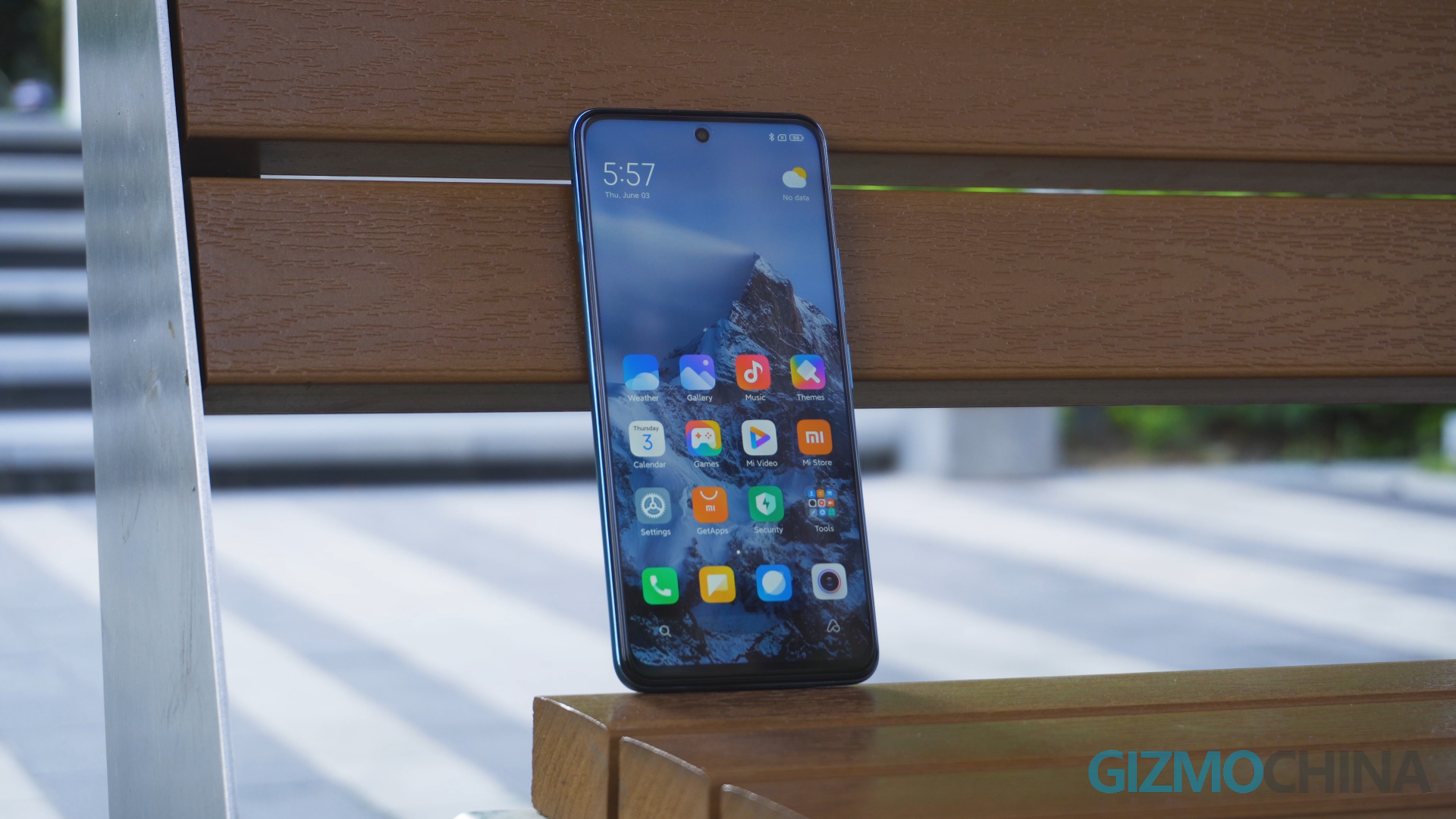
Visually it looks more appealing than the Note 9 Pro, but the back cover material has been changed from glass to plastic. So it doesn’t feel as premium as you’d expect. The dual speakers, NFC and IR blaster are also present, and the fingerprint recognition is also the same as the K40 series without the recessed design, which looks like a normal power button.
Overall, I’m pretty happy with the design of the Note 10 Pro, while the back cover and plastic frame also allow for a lightweight body weighing less than 200g. If you do not have a specific color choice, we recommend buying the white version, which has a three-dimensional raster process and is not easy to get oil stains like ours.
Redmi Note 10 Pro Review: Display
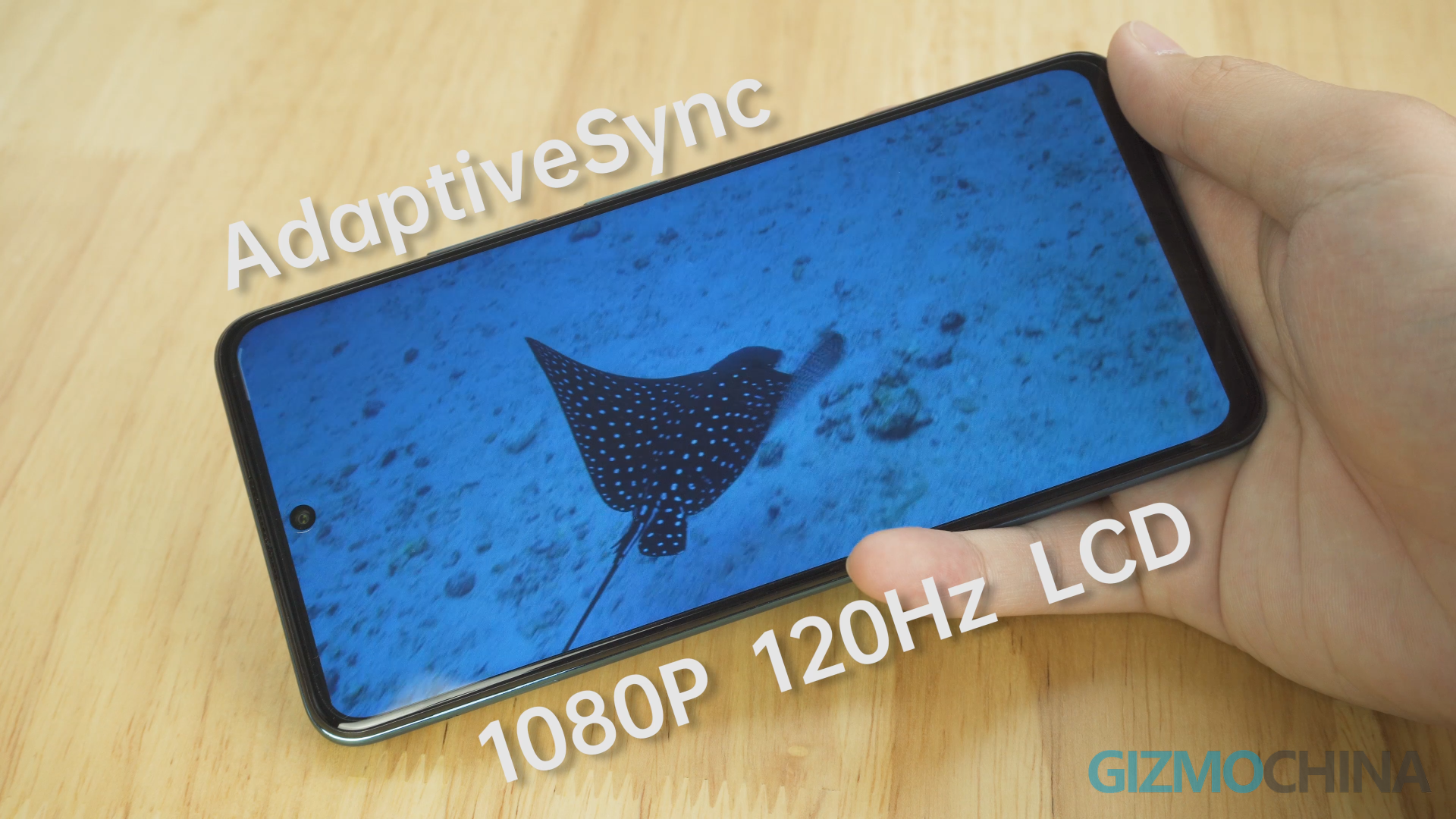
The Redmi Note 10 Pro screen has a few surprises this time around. This 1080p 120Hz LCD screen features the same screen display technology as the Mi 10T Pro: AdaptiveSync, which intelligently correlates with the displayed media frame rate to change the screen refresh rate for power saving effect. The screen protection glass used is the latest Corning Gorilla Victim.
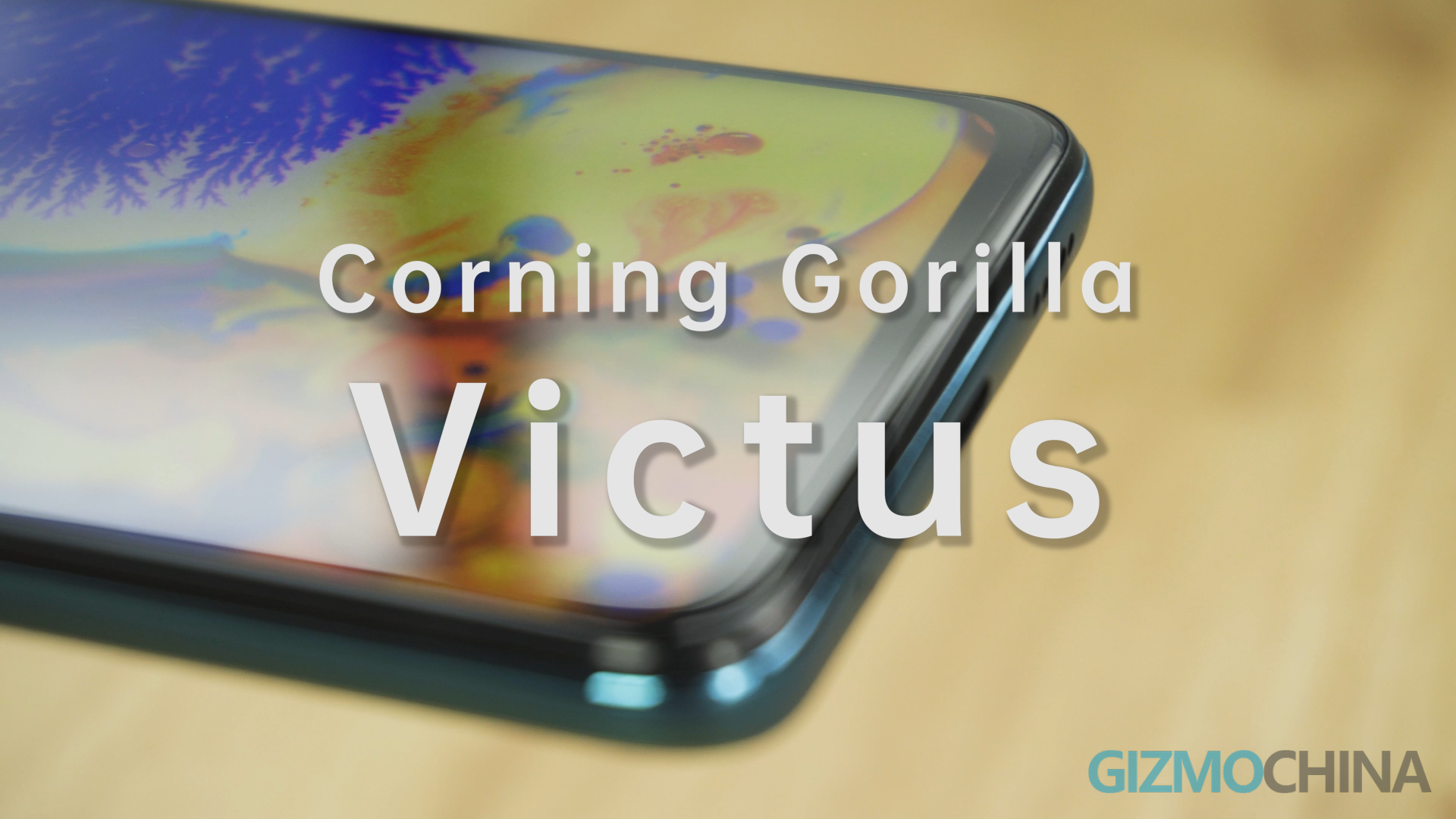
This glass is generally reserved for the best flagship phones. The usual problem of dark edges on an LCD screen is not very serious on the Note 10 Pro either. Apart from the not very smooth screen edge, this screen is considered excellent in its price range.
Redmi Note 10 Pro Review: Hardware and Games
Due to the global shortage of chips, many low and mid-end phones have started using MediaTek chips to ensure adequate supply, and the Note 10 Pro is no exception. It uses Dimension 1100 and the main difference from Dimension 1200 is that the large core is in sync, so the transient output will be weaker.
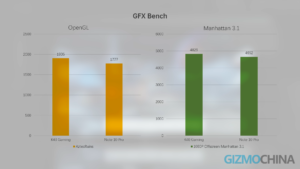
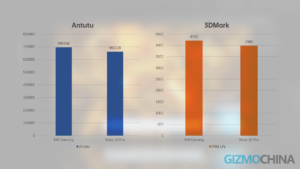
You can also see it through the various benchmarks. On Antutu the phone gets a score of 661116, in 3D Mark 3981, in GFXBench OpenGL around 1777 and in 1080P Manhattan 3.1 Off-screen around 4652. These scores are slightly worse than Dimension 1200 in the Redmi K40 Gaming Edition.
Redmi has improved the cooling system and installed a linear motor on the X-axis on the Note 10 Pro to enhance the gaming experience. PUBG HDR graphics can only run at a maximum frame rate of 40 fps. No support for 90fps frame rates. PUBG can run smoothly at a frame rate close to the maximum, but Genshin Impact and Brightridge reveal the real problem.
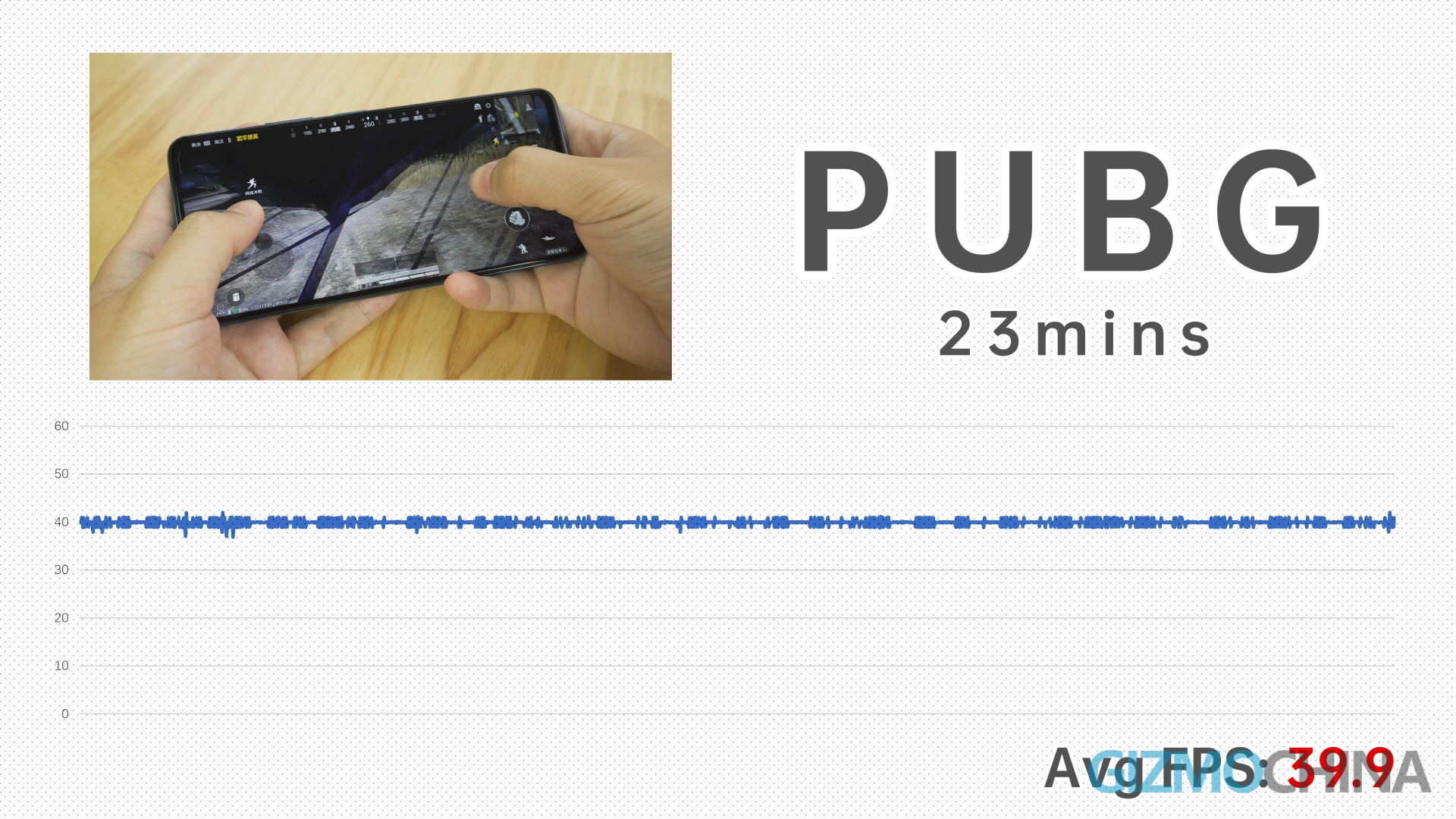
Not only is the Genshin Effect locked to a maximum frame rate limit of 50fps, it is also unable to maintain 50fps. After nine minutes of clocking down, the frame rate freezes between 30fps and 40fps.
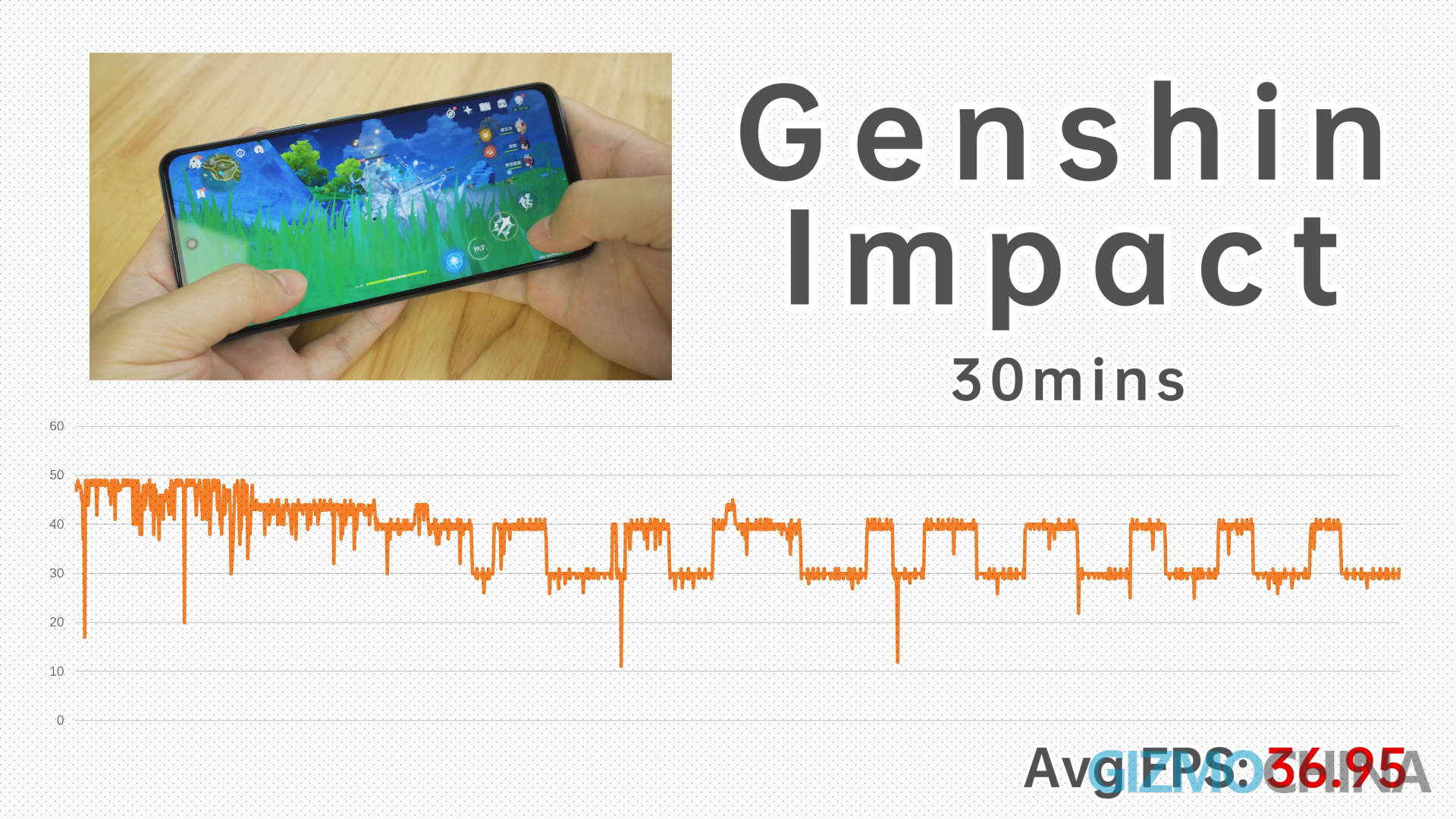
Redmi Note 10 Gaming Impact Pro Genshin CN Review VER 08 The same problem was found in Brightridge, though it has a bit more variation than in the Genshin Effect. Thankfully due to its plastic body and the fact that the performance was not as powerful, the temperature never exceeded 50 ° C throughout the game. To be sure, this type of gaming performance is already excellent for a $ 250 phone. If you want to play games, as long as you’re willing to reduce some of the graphics quality, I’m believes it can provide a good gaming experience.
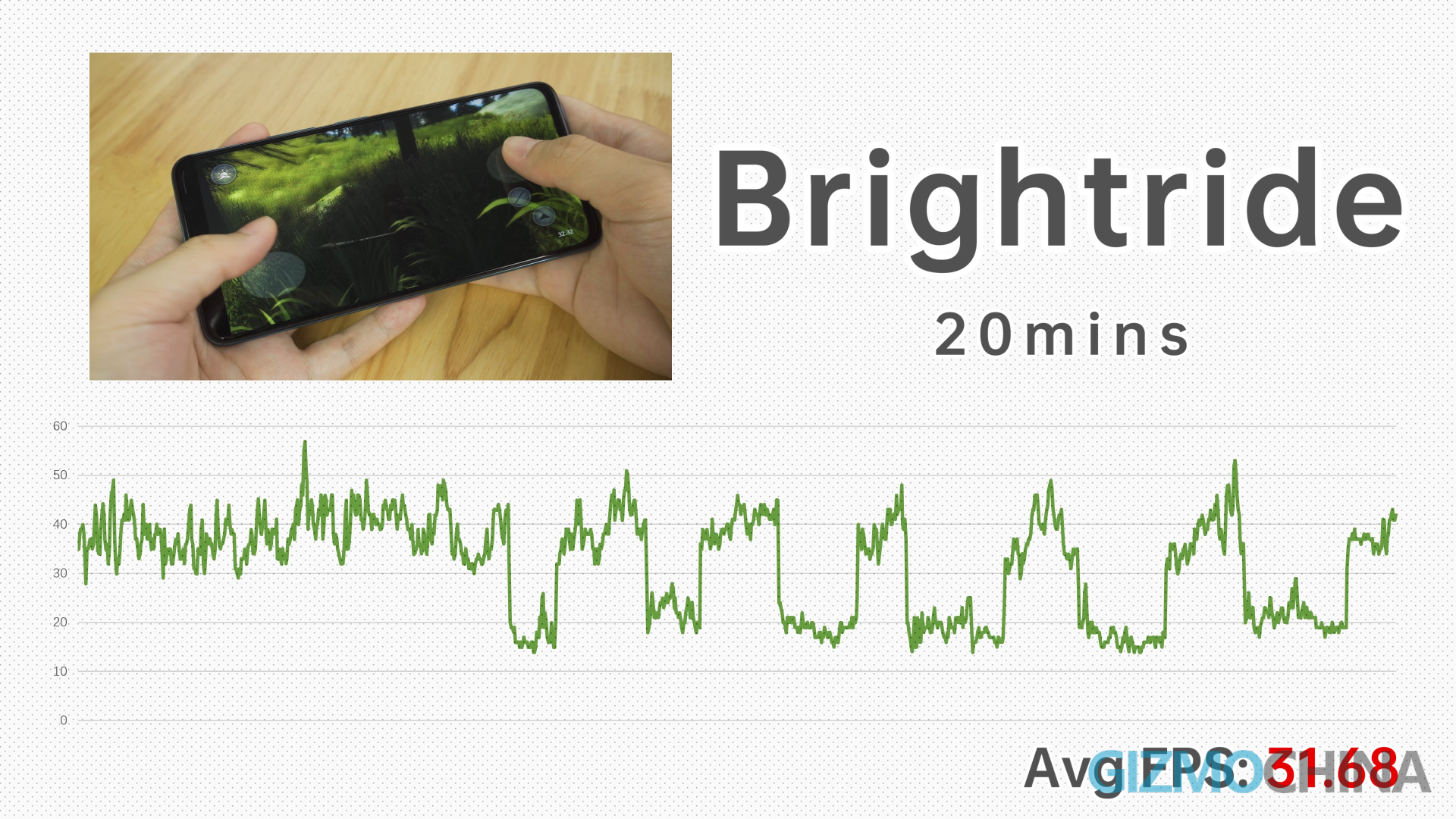
Redmi Note 10 Pro Review: Camera
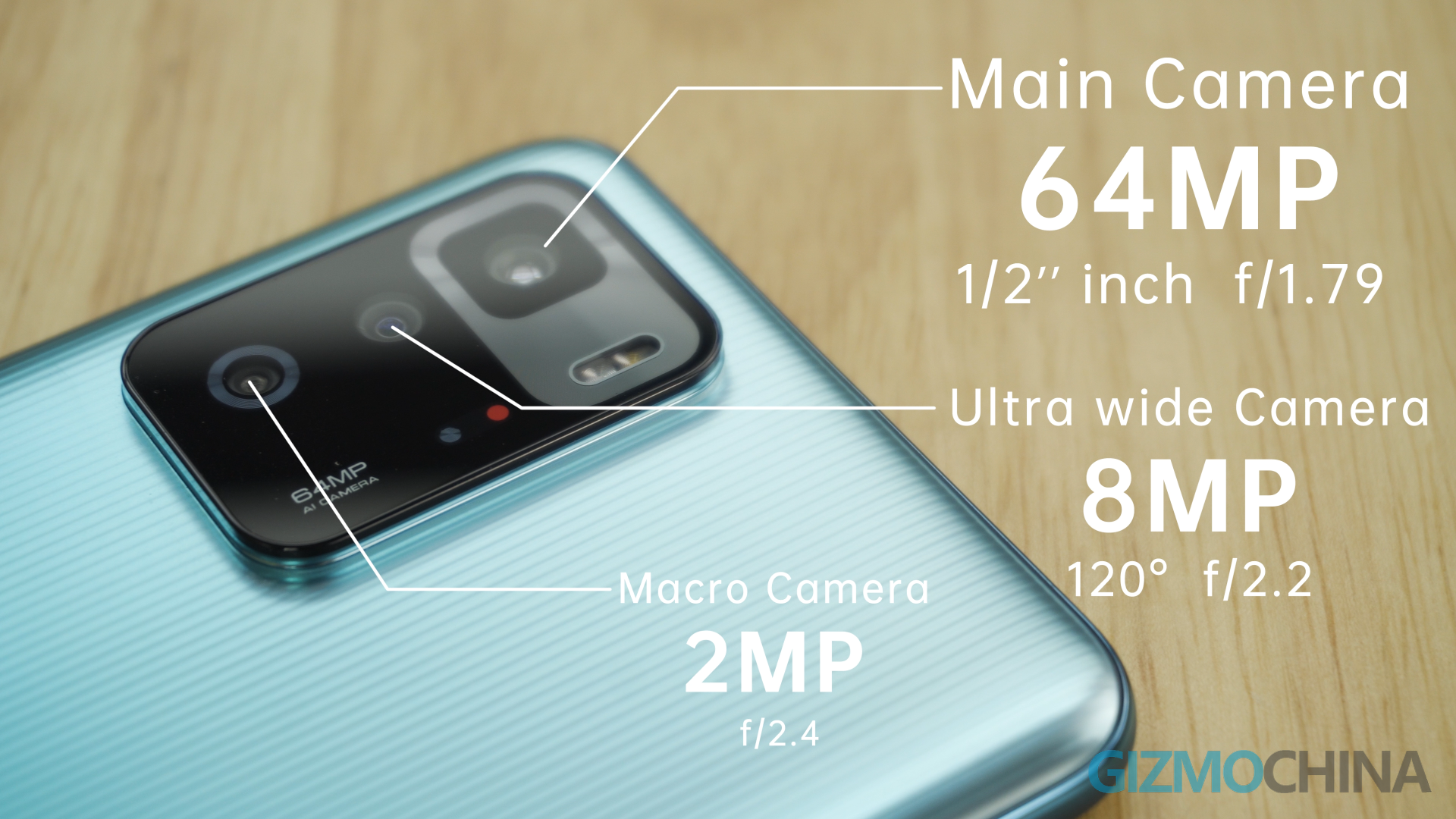
The Note 10 Pro’s triple camera system includes a 64MP main camera, an 8MP wide-angle lens, and a 2MP macro lens. This camera system is almost identical to the K40 Gaming Edition except for the glass-aperture and aperture hybrid lens. Even the pictures they take are almost identical. You may hardly notice the difference between them, the K40 Gaming Edition may sometimes have a higher dynamic range, but more often than not it’s hard to notice.
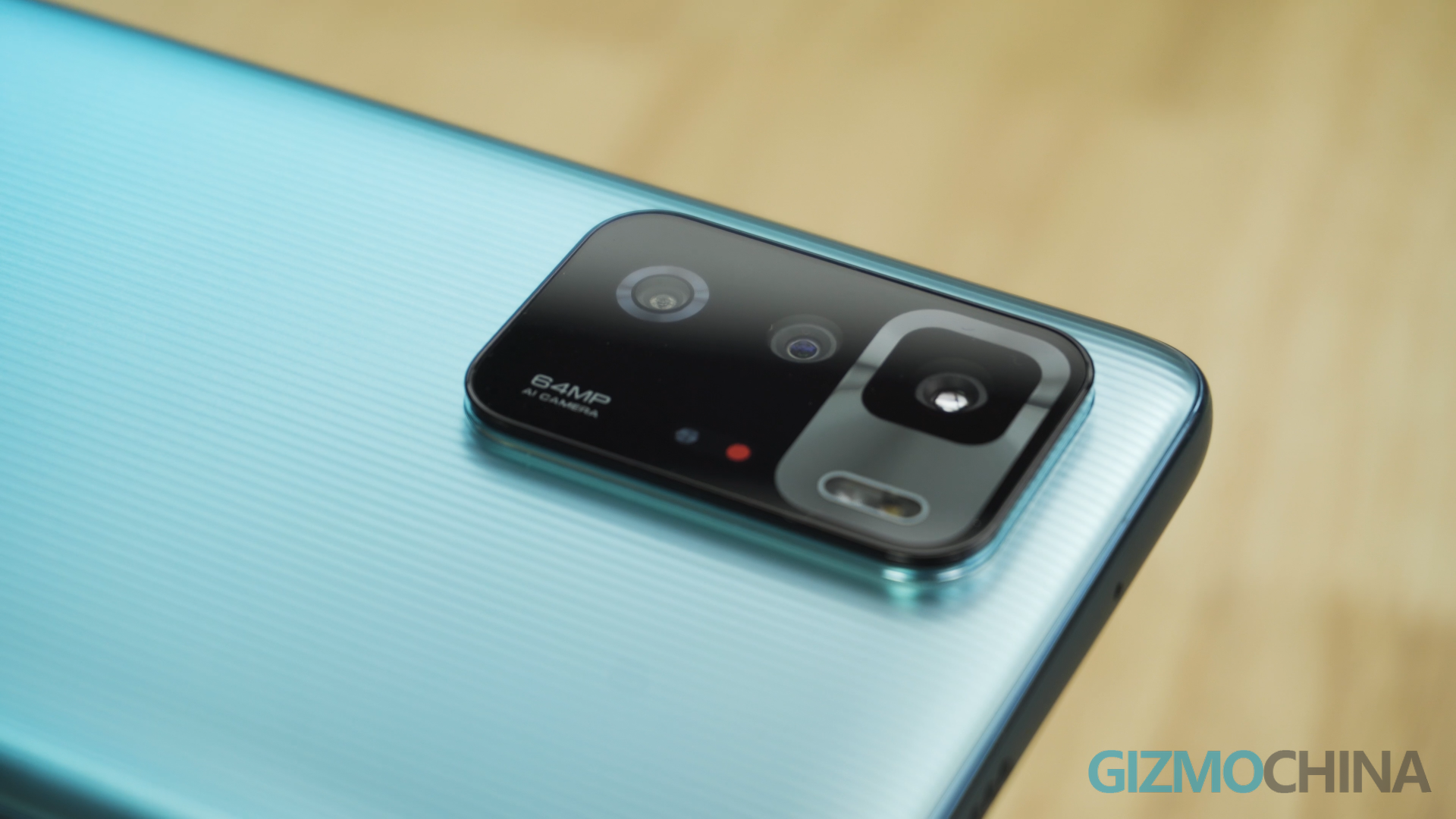
Redmi Note 10 Pro CN VER Review 14 So I conclude: the main camera is average for its price range and the control of the highlights is excellent at night with night mode in operation.




The ultra wide angle lens is also average and the image quality is poor when the light is poor. The macro lens is of little use, you can get similar results with the main camera cropping, but this camera is almost impossible to use when the light is low. There is no doubt that the quality of its camera is a downgrade of the Note 9 Pro, so if you like taking photos, you may have to reconsider buying this model.


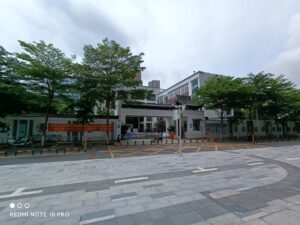
The video part is the same as the K40 Gaming Edition, with the main camera supporting up to 4K 30fps and the ultra-wide lens supporting up to 1080P 30fps. You can also see from the video how the image quality behaves. If you want a phone with excellent videos, don’t buy a MediaTek chip phone.
This time JBL tuning is also present on the Note 10 Pro. You can feel the difference for yourself with the K40 Gaming Edition.
Redmi Note 10 Pro Review: Charging and Battery Life
A 67w charging head is included in the package. That’s right, this time around the Note 10 Pro supports up to 67w of charging power, the same charging power as the K40 Gaming Edition. Charging speed is also similar, reaching 35% in just 10 minutes, 79% in 30 minutes, and taking 44 minutes for a full charge.
The battery capacity has been increased from 4820mAh in Note 9 Pro to 5000mAh. Half an hour from Tiktok and half an hour of 1080P video play consume 6% each, PUBG consumes 7%, Genshin Impact about 12%, and Brightridge about 11%. It turns out that the Dimension 1100 is indeed a more energy efficient chip.
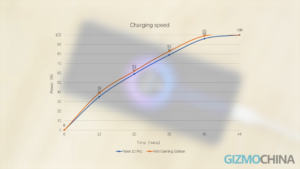
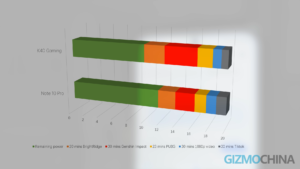
I’m sure you’re wondering if the Redmi Note 10 Pro supports Google Mobile Services, but unfortunately it’s not yet the latest version. However, the K40 Gaming Edition already has perfect support for Google Mobile Service in the latest version of MIUI, so I think Redmi will also allow the Note 10 Pro to use Google Mobile Service in the near future. So those who love the Note 10 Pro can wait a while.
Redmi Note 10 Pro review: ruling
The Redmi Note 10 Pro is mostly updated in appearance, screen, performance and charging power, while the camera system is downgraded. But the price remains the same. I think the Note 9 Pro and Note 10 Pro are more like different options for the same price, those who want faster performance and charging go for the Note 10 Pro, while those who want better photos and videos go for the Note 9 Pro.
